İçme suyu depolama tankları, mutfaktaki gıda hazırlama ve yıkama ekipmanları ve hava soğutma kuleleri gibi kaplardan ve ekipmanlardan taşan su veya drenaj doğrudan kanalizasyon borularına bağlanmamalıdır. Dolaylı drenaj benimsenmelidir ve kontrol kuyuları veya kırık borular devir teslim için kullanılabilir.
Drenaj borusu bağlantı parçaları, kanalizasyon, atık su ve diğer istenmeyen sıvıların bir ev veya binadan sorunsuz bir şekilde tahliye edilmesini sağlamak, su birikmesini ve potansiyel su hasarını önlemek için öncelikle farklı boruları bağlamak için kullanılır.
HDPE drenaj borusu
İç basınç olmadan kullanım için yüksek yoğunluklu polietilen reçine ve ekstrüzyon kalıplama işleminden yapılmış termoplastik plastik bir borudur. Oluklu boru gibi korozyon direnci, yaşlanma direnci, darbe direnci ve çatlama direnci avantajlarına sahiptir.
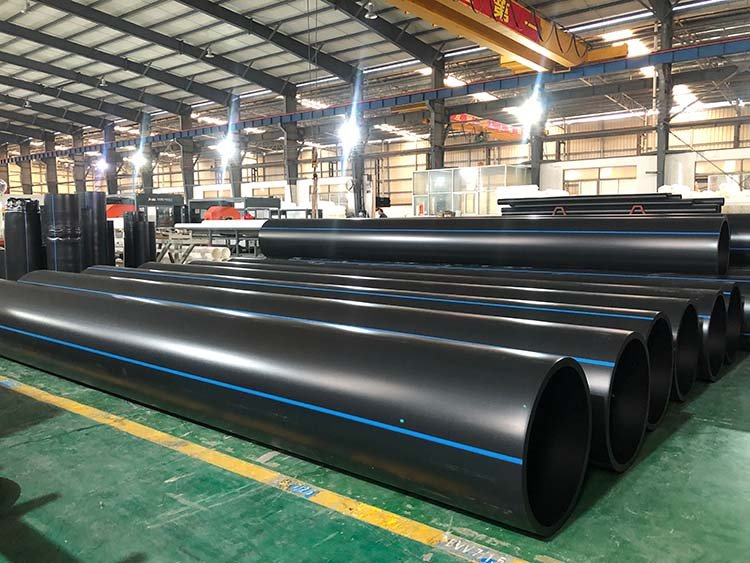
Drenaj dökme demir boru
Yüksek bina standartlarına ve sessiz bir ortama sahip yerlerin yanı sıra 100 metreden yüksek binalardaki drenaj boruları için uygundur. 100 metreden yüksek binalar için drenaj yükselticilerinde esnek bağlantılar kullanılmalıdır. Yüksekliği 50 metrenin üzerindeki drenaj yükselticileri veya sismik güçlendirme derecesi 8 derece olan bölgelerdeki yüksek binalar için, yükselticinin her iki katına esnek bağlantılar monte edilmelidir. Sismik güçlendirme derecesi 9 derece olan bölgelerde, esnek bağlantılar hem yükselticilere hem de enine borulara monte edilmelidir.
Drenaj dökme demir borusu kauçuk sızdırmazlık halkaları kullanır ve cıvatalarla sabitlenir. İyi esnekliğe, elastikiyete, sızdırmazlığa ve sismik dirence sahiptir ve yapımı kolaydır.
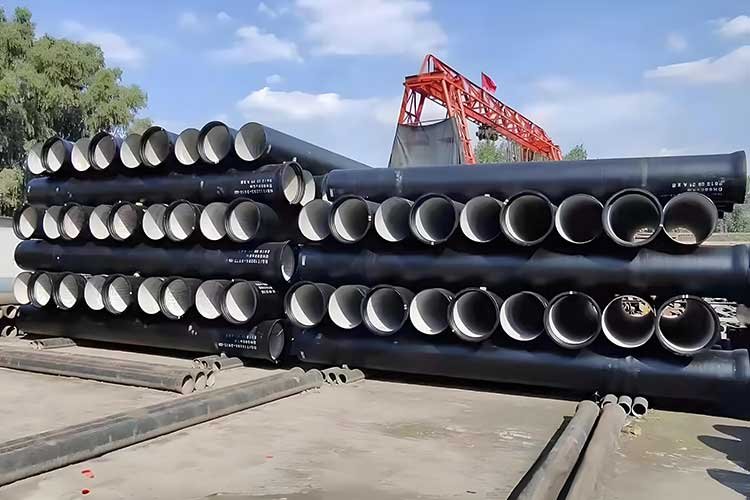
Beton borular ve betonarme borular
İyi bir basınç dayanımı ve dayanıklılığa sahiptir ve kentsel drenaj şebekesi gibi ağır yük taşıyan drenaj boruları için uygundur.
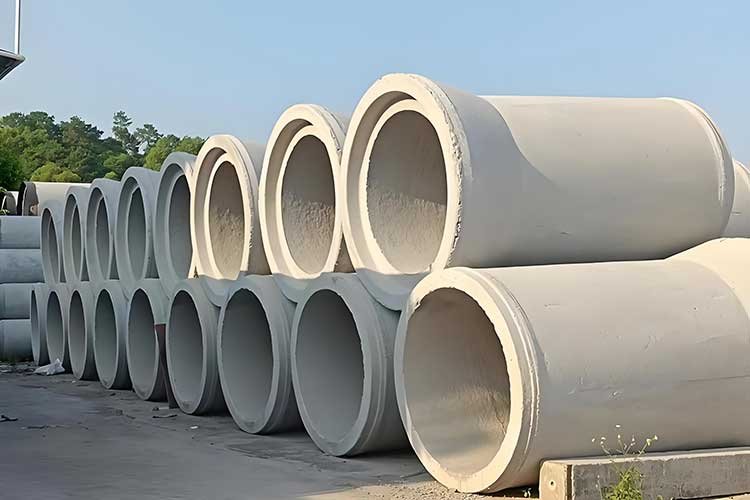
PVC-U drenaj borusu
Korozyon direnci, hafiflik ve kolay kullanım ve kurulum özelliklerine sahiptir, PVC-U plastik borular endüstriyel ve konut binaları için iç ve dış drenaj borularında yaygın olarak kullanılmaktadır. Bununla birlikte, dezavantajları arasında düşük mukavemet, zayıf sıcaklık direnci (çalışma sıcaklığı -5°C ila +50°C arasında değişir), büyük doğrusal genleşme, yüksek boru gürültüsü, yaşlanmaya yatkınlık ve zayıf yangın direnci bulunur. Plastik borular genellikle soket ve spigot yapıştırma veya kaynak kullanılarak birleştirilir.
Drenaj için PVC-U plastik borular kullanılırken, sıcaklıkla ilgili genleşme ve büzülmeyi en aza indirmek için özel dikkat gösterilmelidir. Genleşme derzleri genellikle montaj sırasında boyutsal sapmaları gidermek için monte edilir.
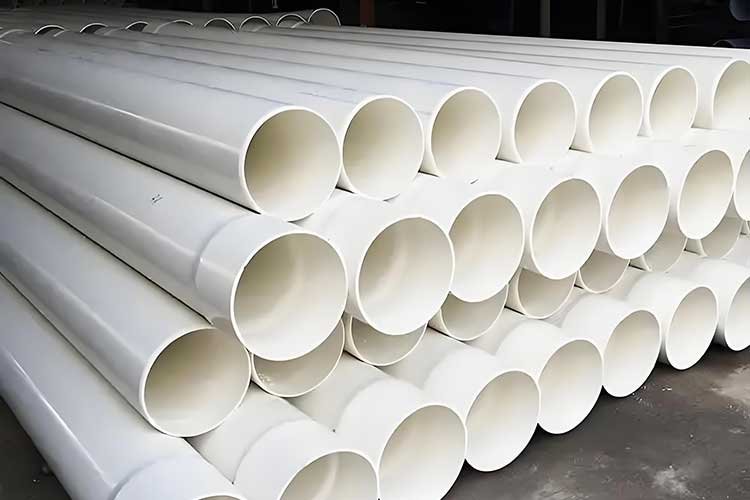
Drenaj bağlantısı
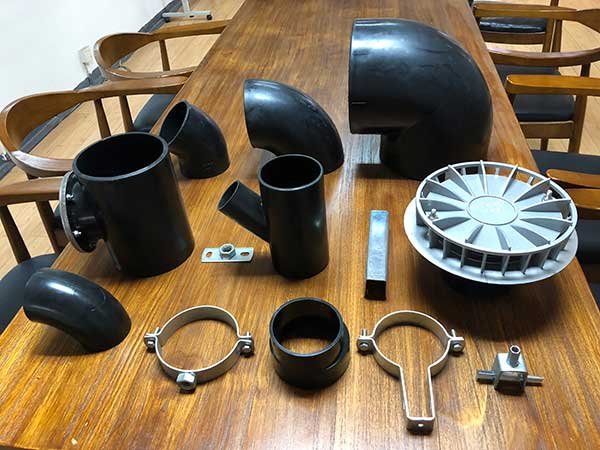
Dirsekler
Yönünü değiştirmek için kullanılır drenaj boruları. 90°, 45°, 135° ve 180° dirsekler dahil olmak üzere çeşitli tiplerde mevcuttur.
Tee
Üç drenaj borusunu bağlamak için kullanılır. Eşit çaplı ve azaltılmış çaplı tee'ler halinde mevcut olup, farklı çaplardaki boruların bağlanmasına ve yönlendirilmesine izin verirler.
Çapraz
Dört drenaj borusunu bağlamak için kullanılır, çok yönlü drenaj bağlantısına ve yönlendirmeye izin verir.
Düz Konnektör
Aynı çaptaki iki drenaj borusunu bağlamak için kullanılır.
Denetim Limanı
Drenaj borularının incelenmesi ve temizlenmesi için kullanılır. Düzenli bakım için genellikle dikey drenaj borularına monte edilir.
Temizleme Bağlantı Noktası
Yatay drenaj borularını temizlemek için kullanılır. Genellikle yatay drenaj borularının ucuna veya dirseğine monte edilir.
Bağlantı Yöntemi
Solvent yapıştırma
Tipik olarak 50 mm'nin altındaki daha küçük çaplı PVC-U borular için uygundur. Boru ve fittingin bağlantı yüzeylerini yapıştırmak için özel bir solvent bazlı yapıştırıcı kullanılır. Yapıştırıcı PVC-U malzemenin yüzeyine nüfuz ederek güçlü bir kimyasal bağ oluşturur.
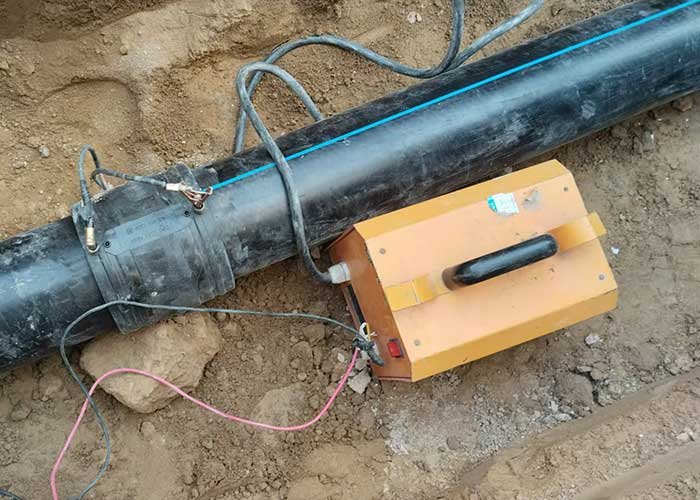
Elastik sızdırmazlık halkası bağlantısı
Daha büyük çaplı PVC-U borular için genellikle elastik sızdırmazlık halkaları kullanılır. Fittingin içindeki bir oluk sızdırmazlık halkasını barındırır. Boru bağlantı parçasına yerleştirildikten sonra sızdırmazlık halkası güçlü bir sızdırmazlık sağlar. Kullanımı kolaydır ve belirli bir dereceye kadar açısal yanlış hizalamaya izin verir. Çapı 50 mm'nin üzerinde olan borular için uygundur.
Flanş bağlantısı
Flanş bağlantısı, sık sık sökülmesi veya diğer boru malzemelerine bağlantı yapılması gereken uygulamalarda kullanılır. Flanşlar PVC-U borunun ve bağlantı parçasının her iki ucuna kaynaklanır veya yapıştırılır ve ardından birbirine cıvatalanır. Bu bağlantı, yüksek basınç altında veya özel ortamlarda çalışan boru sistemleri için uygundur.
Dişli bağlantı
PVC-U borular doğal olarak dişli olmamasına rağmen, boru uçlarına dişli bağlantı parçaları takılarak dişli bağlantılar elde edilebilir. Bu, metal borulara veya diğer dişli ekipmanlara bağlantının gerekli olduğu uygulamalar için uygundur.
Alın füzyon kaynağı
HDPE drenaj boruları için uygundur, hidrolik olarak çalıştırılan bir kontrol konsolu, kaynak çerçevesi ve fikstürü, elektrikli ısıtma plakası ve elektrikli freze bıçağından oluşur. Kaynak sırasında boruyu yerinde tutmak için bir mika yüksük kullanılır. Boru ve bağlantı parçası basınç altında ısıtılır. Isı erime sıcaklığına ulaşıldığında, ısıtma aleti çıkarılır ve iki erimiş yüzeyi bir araya getirmek için basınç uygulanır. Basınç, bağlantı soğuyana kadar bir süre korunur. Bu işlem tamamen bilgisayar kontrollüdür.
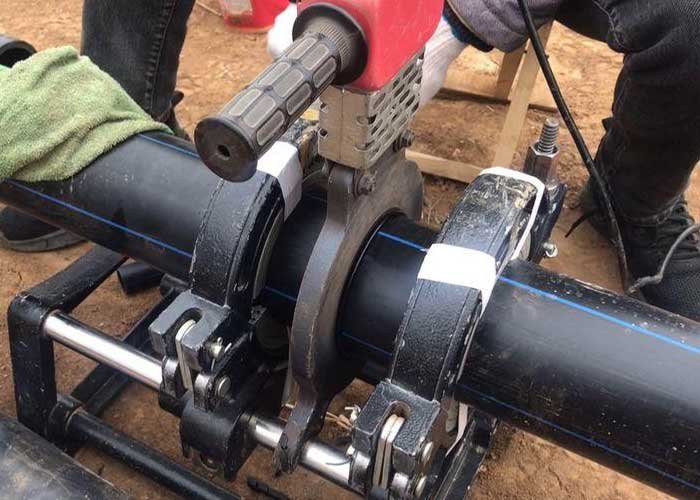
Soket ve spigot esnek bağlantı
Borunun bir ucu doğrudan borunun veya bağlantı parçasının özel olarak tasarlanmış bir soketine yerleştirilir. Soketin içindeki bir kilitleme halkası sıkıştırma ve çekme direnci sağlarken, kauçuk bir sızdırmazlık halkası sıkı bir sızdırmazlık sağlayarak istenen bağlantıyı elde eder. Bu bağlantı, rijit olmayan bir bağlantı, mükemmel şok direnci ve çıkarılabilir montaj ve montaj gibi avantajlar sunar, bu da bakımı kolaylaştırır.
Soket ve tıkaçlı elektrik füzyon bağlantısı
Gömülü bir direnç teli (genellikle bakır) bulunan bir elektrikli füzyon bağlantı parçası, ek yerindeki boru ile yakın temas haline getirilir. Akım uygulanır, gömülü direnç teli aracılığıyla ek yeri ısıtılır, ek yeri soğuyana kadar tek bir parça halinde eritilir.
Yivli kelepçe bağlantıları
Hızlı kurulur ve çıkarılabilir, 50 yıldan fazla hizmet ömrü ile yaşam döngüleri boyunca bakım veya değiştirme gerektirmezler. Yüksek binalarda, beş yıldızlı otellerde, üst düzey konutlarda, hastanelerde, kimya tesislerinde, laboratuvarlarda ve diğer yerlerde HDPE drenaj borularını bağlamak için uygundurlar.

Flanşlı ve spigot bağlantılar
Mekanik dökme demir drenaj borularının esnek bağlantıları için uygundur. Bu bağlantı, gizli veya nispeten gizli boru tesisatları için tercih edilir. Kelepçeli bağlantılar, açıkta kalan tesisatlarda ve görsel çekiciliğin önemli olduğu yerlerde de kullanılabilir. Gömülü dökme demir drenaj boruları için esnek flanş ve spigot bağlantılar tercih edilir.